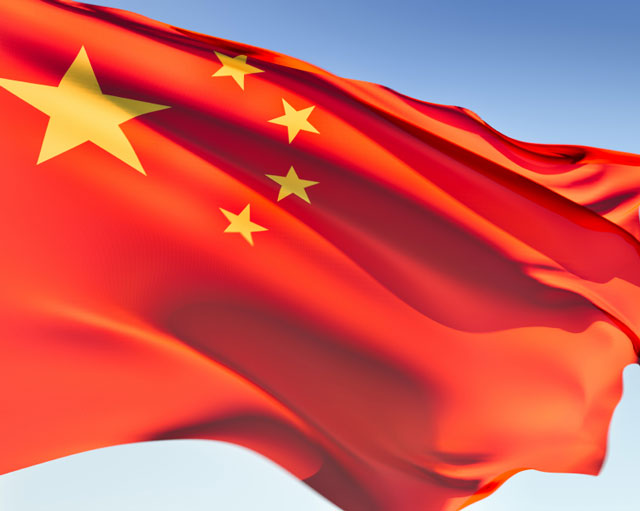 CHINA
CHINACapital – Beijing
Population - 1,338,612,968
Currency – Chinese Yuan
Religion – Buddhism and Taoism.
One fifth of the world’s population speaks at least some form of Chinese. Spoken Chinese has various kinds of dialects – just like the verbal form of most languages. Verbally, the language differs in its tone and analytics. The most spoken regional groups of Chinese are Mandarin, Wu and Cantonese. Standard Chinese, which basically is Mandarin, is the official language.
There are currently two systems for the Chinese language which is still used in most Chinese speaking communities and the Simplified Chinese character system which was developed in China itself to promote mass literacy.
Korean and Japanese have both taken writing systems from Chinese – Hanja and Kanji. Fifty percent of the Korean language is of Chinese origin. One single word can mean five different things. How you say it and the tone you use while saying the word determines which word you mean.
The Chinese Language has very few grammatical inflections. It has no tenses, voices or even numbers! Grammar is used heavily to indicate mood.
Mandarin has gained an amazing amount of popularity over the years. Mandarin translators are in high demand and are also valued in most major Chinese enterprises
SIFIL-ELTIS starts Chinese language classes on the 22nd of February. I bet many of you have wanted to do something completely different this year. Go learn Chinese! :)
No comments:
Post a Comment